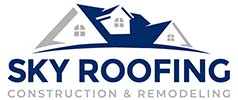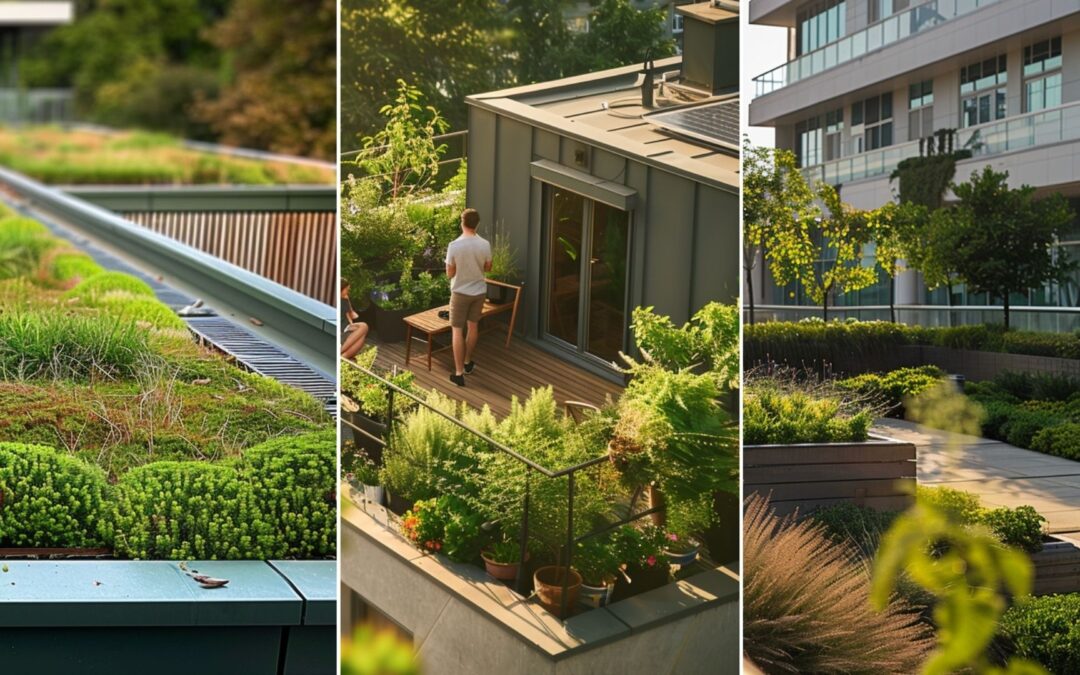Green Roofs
These eco-friendly solutions combat various urban challenges, such as the urban heat island effect, stormwater runoff, and air pollution. Additionally, green roofs can enhance the aesthetic appeal of buildings, provide insulation to reduce energy consumption, improve air quality, and offer a sanctuary for wildlife in densely populated areas. With numerous advantages, green roofs have emerged as a sustainable and progressive roofing option for residential and commercial buildings.
Importance of Green Roofs in Urban Environments
Benefits of Green Roofs
Furthermore, green roofs improve air quality by filtering pollutants and CO2 from the atmosphere, promoting a healthier environment. The vegetative layer on the rooftop greenery helps reduce ambient air temperatures, which can be particularly beneficial in urban areas where heat islands are a concern. Additionally, the ecological benefits of green roofs include emissions reduction and the promotion of biodiversity by providing habitats for various species.
Green roofs also offer psychological benefits by creating a green environment that enhances the connection with nature for building occupants. This connection can reduce stress and improve overall well-being. Lastly, these roofs have the potential to offer additional usable green space, creating opportunities for gardening, recreation, and relaxation in urban areas. An accessible roof with rooftop greenery can transform a previously unused space into a valuable community asset, promoting physical and mental health.
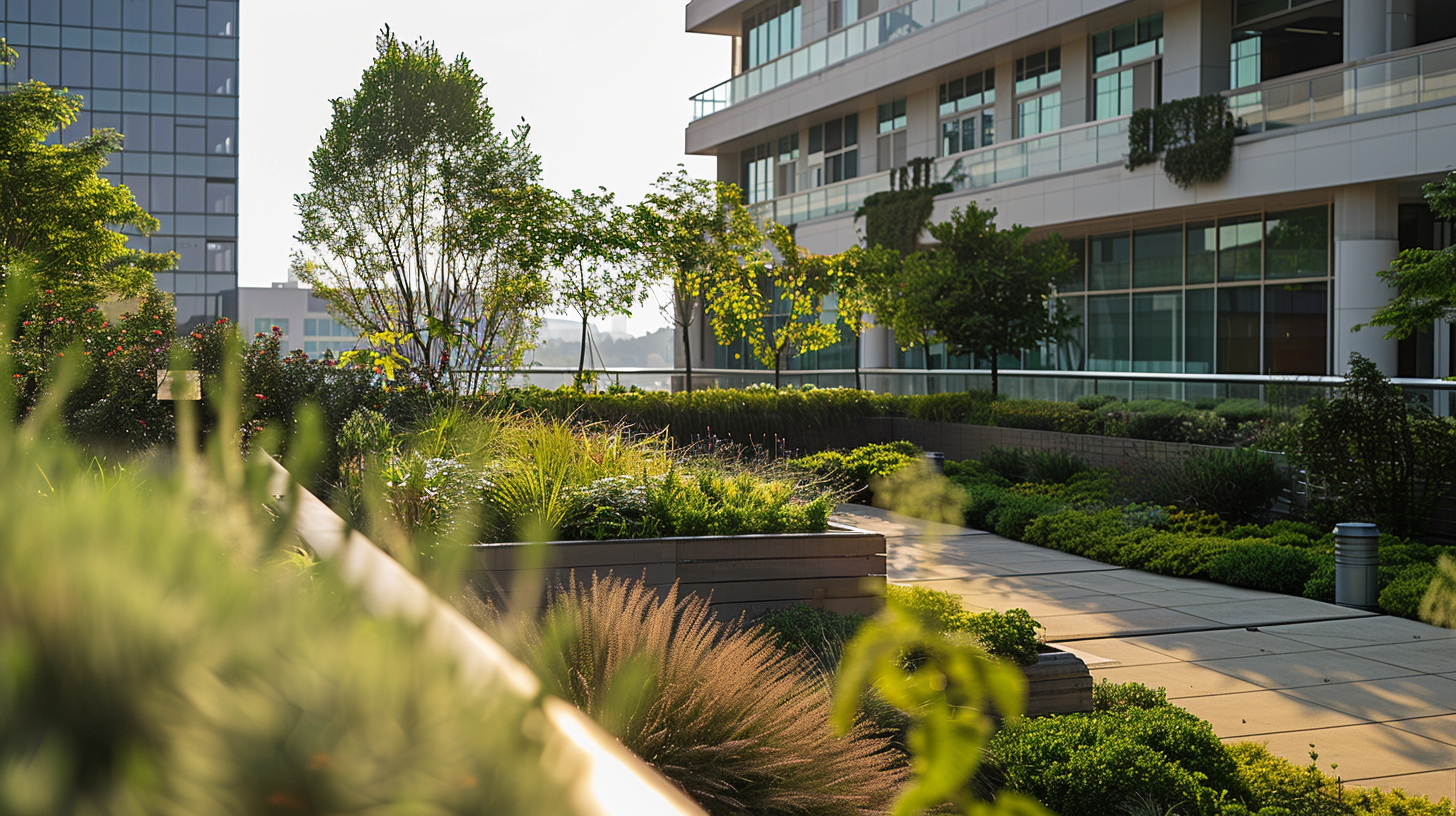
Green Roofs - Types of Green Roofs - Sky Roofing Construction & Remodeling
Types of Green Roofs
Additionally, there are modular green roofs, which consist of pre-grown plant modules that are easy to install and maintain. These roofs are often used in urban areas and can provide insulation, stormwater management benefits, and energy cost savings. Modular green roofs can be an excellent option for residential and office buildings looking to reduce their energy consumption and improve their green environment.
Lastly, there are biodiverse roofs, which focus on supporting a diverse range of plant and animal species. These roofs help promote biodiversity and provide insect, bird, and other wildlife habitats. Biodiverse roofs often include additional layers to support the complex ecosystem they foster. Unlike traditional roofs, green roofs offer significant ecological benefits and can be designed to meet specific needs and preferences, whether for a small residential building or a large commercial complex. By converting a conventional roof into a green roof, property owners can enjoy various environmental, economic, and social benefits, transforming underutilized space into valuable, sustainable assets.
Intensive Green Roofs
Intensive green roofs also create aesthetically pleasing green spaces in urban areas, improving air quality and providing habitats for wildlife. Additionally, they can enhance the overall well-being and quality of life for occupants of the building. With their diverse vegetation and extensive design, intensive green roofs offer numerous benefits and advantages for the environment and buildings.
Extensive Green Roofs
Semi-intensive Green Roofs
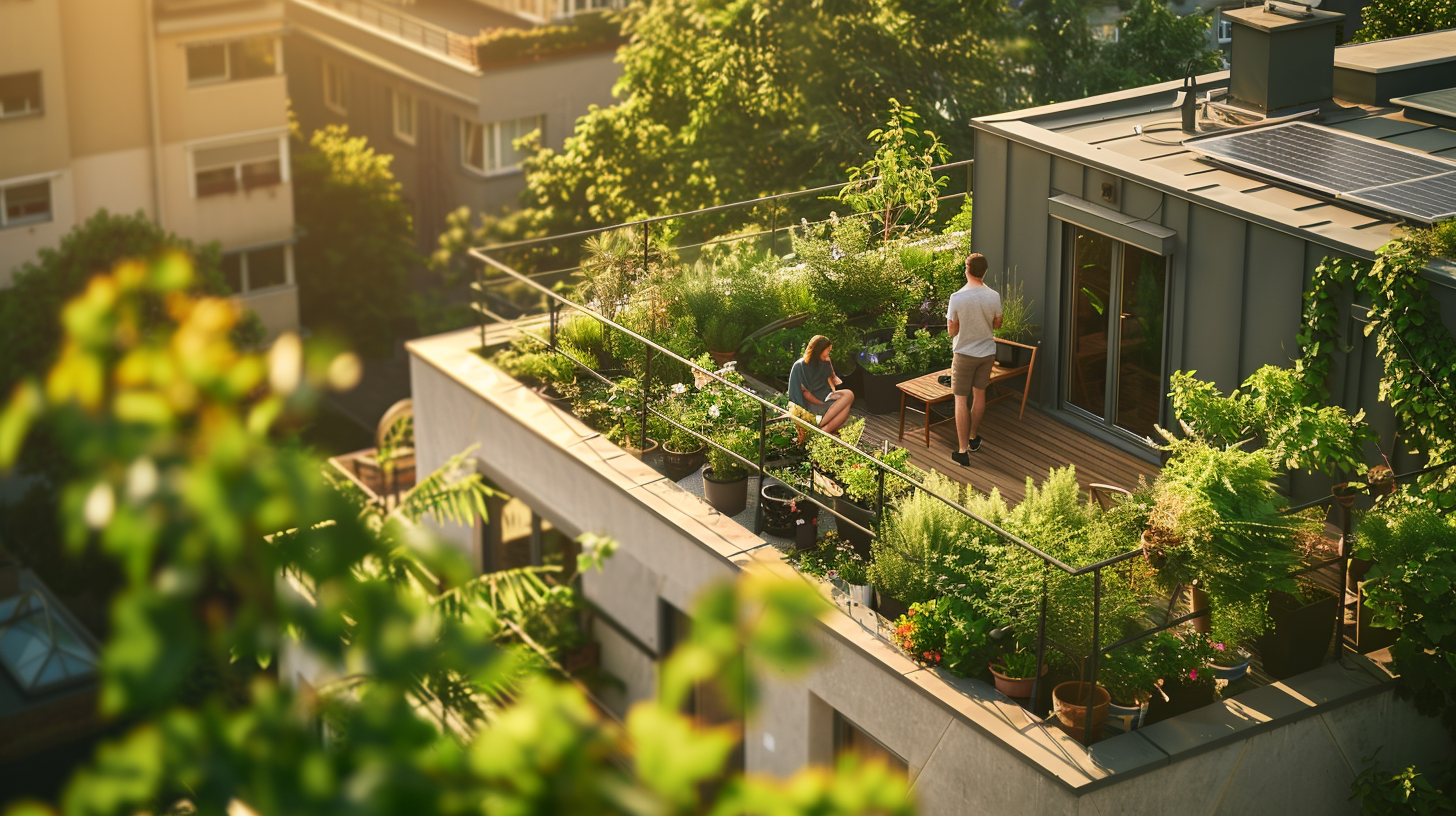
Green Roofs - Components of a Green Roof - Sky Roofing Construction & Remodeling
Components of a Green Roof
The roof membrane is the waterproofing membrane that protects the building from water infiltration, ensuring the structure remains intact. The vegetation layer, comprised of green roof plants such as sedums, grasses, and herbs, provides insulation, reduces the urban heat island effect, and improves air quality. The filter fabric prevents the drainage layer from clogging with dirt and debris, allowing water to flow freely.
The drainage layer, typically lightweight, helps manage excess water runoff. The growing medium, which varies in depth of planting medium depending on the green roof type, provides nutrients and support for the vegetation.
Green roofs can be divided into extensive roofs and intensive roofs. Extensive roofs are shallow and lightweight, requiring minimal maintenance. In contrast, intensive roofs are thicker and can support a broader range of plant species, offering more excellent aesthetic value and recreational space. Both green roofs provide significant energy cost savings by improving the building’s insulation, reducing the need for heating and cooling.
Additionally, green roofs can integrate solar panels, maximizing commercial roof space for energy production and reducing energy costs. Unlike traditional rooftops made from conventional materials, green roofs offer a sustainable alternative that benefits both the environment and the building occupants.
By transforming a traditional rooftop into a green roof, property owners can enjoy the ecological benefits of a green roof while contributing to a greener urban landscape. Green roofs represent a forward-thinking approach to sustainable building practices, whether installed on a residential or commercial roof space.
Waterproof Membrane
These membranes can include options like ethylene propylene diene monomer (EPDM), thermoplastic olefin (TPO), and reinforced bitumen membranes. Each type has specific features, such as flexibility, resistance to UV radiation, and ease of installation, providing customers with various choices when considering green roofs.
Drainage Layer
Filter Cloth
Growing Medium
Coco coir, derived from coconut husks, offers excellent water retention properties while remaining lightweight. Peat moss, composed of decomposed plant materials, is known for its moisture retention abilities. Perlite, a volcanic rock, aids in water retention and improves drainage, while vermiculite, a naturally occurring mineral, enhances water-holding capacity. These different types of growing mediums enable green roofs to support a variety of plant species, contributing to their multiple benefits and advantages.
Vegetation
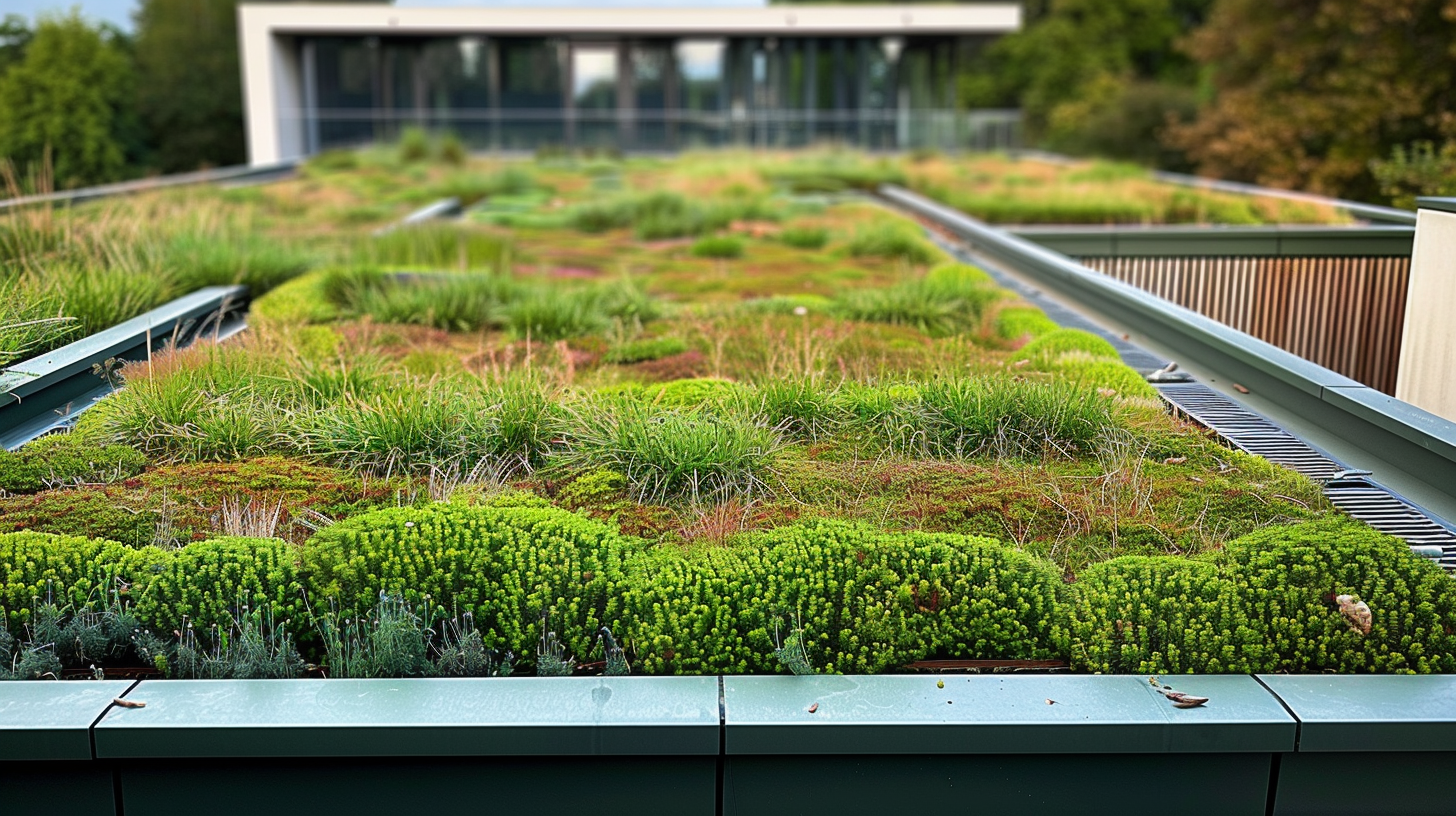
Green Roofs - Green Roof Technologies - Sky Roofing Construction & Remodeling
Green Roof Technologies
Numerous advantages exist to green roofs, including how these innovative roofing solutions can enhance thermal insulation, reduce stormwater runoff, mitigate urban heat island effects, and support biodiversity. A well-planned green roof project considers design elements such as the root barrier to protect the underlying roof structure and effective rainwater management to prevent excess water buildup.
The cost of green roofs can vary based on the design’s complexity and the vegetation types used. Despite the initial investment, green roofs can lead to significant long-term savings by reducing energy usage for heating and cooling. Integrating these roofs helps capture and utilize rainwater, thus alleviating the burden on urban drainage systems.
Types of Green Roof Systems
Extensive green roofs are lightweight and low-maintenance. They typically feature a thin layer of vegetation and limited plant diversity. They require minimal irrigation and upkeep, making them ideal for large-scale projects. This green roof installation type is famous for its ease and efficiency.
Semi-intensive green roofs have a greater diversity of plants and a more profound growing medium, resulting in a broader range of vegetation. They require moderate maintenance, including regular irrigation and occasional fertilization. On the other hand, intensive green roofs have a deeper soil profile and support a diverse selection of plants, including trees and shrubs. Due to their complexity, intensive green roofs require regular irrigation, fertilization, and ongoing maintenance.
Monolithic green roofs are pre-assembled and typically consist of a single layer of vegetation. They are relatively simple to install and require minimal maintenance. This type of green roof installation is beneficial for quick and straightforward setups.
Lastly, modular green roofs consist of self-contained units that are easily installed and can be removed or replaced as needed. They require regular maintenance, including irrigation and fertilization.
The implementation of green roofs also provides significant social benefits. By reducing ambient temperatures and promoting a cooler urban environment, green roofs help mitigate the urban heat island effect. They can also enhance the overall aesthetic of a building and its surroundings, promoting a sense of well-being among residents and visitors.
Cool roofs, another sustainable roofing option, work well with green roofs to reduce energy consumption and improve building efficiency. Ongoing green roof research continues to uncover additional benefits and best practices for maximizing the effectiveness of these systems.
Choose Green Roofs with Sky Roofing Construction & Remodeling
Green roofs offer diverse benefits for urban environments, including managing stormwater, reducing heat island effects, and improving air quality. Choose Sky Roofing for a sustainable future (https://skyroofingconstructiontx.com); we specialize in transforming rooftops into sustainable green spaces that enhance energy efficiency and support biodiversity. Contact us at (210) 942-9797 to start your journey towards a greener building with our expert installation and maintenance services.
Arthur McCain is a dedicated contributor to Sky Roofing Construction & Remodeling, focusing on the latest roofing materials and innovative construction techniques. With a background in architectural design, Arthur brings a deep understanding of how modern materials can enhance both the durability and aesthetic appeal of roofing projects. His articles offer readers cutting-edge insights into selecting the best materials for their homes.
